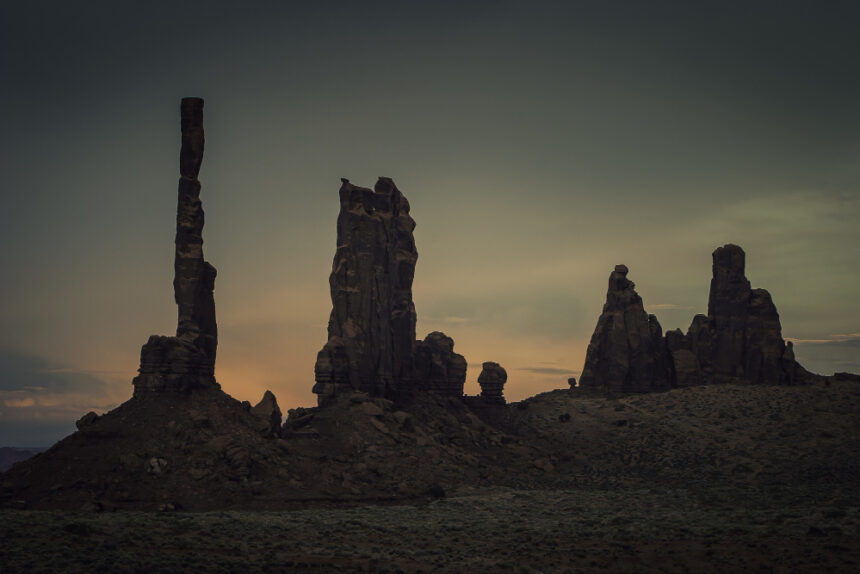The shocking destruction of the damaged city of Palmyra in Syria was just one step in the terrorist group’s ongoing campaign against archeology.
Islamist fighters in Iraq and Syria continue their war against the region’s cultural heritage by attacking archaeological sites with bulldozers and explosives.
In August 2015, the self-proclaimed Islamic State (IS) organization released a video that shocked the world. The document showed the violent destruction of the temple of Baalshamin, one of the best preserved remains of the Syrian site of Palmyra.
In late August, explosions were reported targeting another temple in Palmyra, dedicated to Baal, an ancient god. A United Nations agency said satellite images prove most of the temple was destroyed.
Destruction is an integral part of this propaganda campaign. Videos show members of the organization ransacking the Mosul museum in Iraq with pickaxes and sledgehammers, and dynamiting centuries-old Christian and Muslim temples.
The organization represents only one of the many factions in conflict for domination of Syria, a country where the civil war has caused more than 465,000 deaths according to the Syrian Observatory for Human Rights (figures dating from March 13, 2017). ) and left thousands of people homeless.
ISIS claims the destruction of ancient sites as a religious cause. Under the guise of condemning idol worship, its members targeted known ancient sites, as well as modern tombs and temples belonging to other Muslim movements. Additionally, looting now provides the group with a source of profits to finance military operations.
Palmyra
Palmyra flourished for centuries in the desert east of Damascus, and was an oasis and a stopover for caravans on the Silk Road. It was a thriving and wealthy metropolis of the Roman Empire. The city-state reached its peak at the end of the 3rd century, during the reign of Queen Zenobia, during her rebellion against Rome.
Zenobia failed and Palmyra was reconquered and destroyed by Roman armies in 273 AD. Its column-lined avenues and impressive temples were preserved by the desert climate, and in the 20th century the city became one of the most popular tourist destinations from Syria.
ISIS captured the modern city of Palmyra and its ancient ruins in May. Members of the terrorist organization had promised to leave the columns and temples at the site intact. Those promises were empty: In August, they publicly executed Khaled al-Asaad, a Syrian archaeologist who led excavations at the site for decades, and hung his decapitated body from a column.
Mar Elian Monastery
The Christian monastery was captured in August, when ISIS members invaded the Syrian town of al-Qaryatayn near Palmyra. Dedicated to a 4th century saint, it was an important place of pilgrimage that welcomed hundreds of Syrian Christians. According to some sources, the walls were torn down using bulldozers, and ISIS posted images of the destruction on Twitter.
Apamea
A rich trading city from the Roman era, Apamea has been severely affected by looting since the start of the Syrian civil war, even before the appearance of ISIS. Satellite images reveal dozens of wells dug at the site, and there are reports that previously unknown Roman mosaics were quarried and removed for resale. ISIS would receive its share of the revenue from sales of ancient objects, thus pocketing tens of millions of dollars to finance its operations.
Doura-Europos
A Greek colony located on the Euphrates, not far from the Syrian border with Iraq, Doura-Europos later became one of the most eastern Roman trading posts. It was home to the oldest known Christian church, a magnificent ornate synagogue and numerous temples and buildings dating from the Roman era. Satellite images reveal a landscape covered in craters inside the city’s adobe brick walls, proof of the extent of the damage caused by looters.
Husband
Mari flourished during the Bronze Age, between 3,000 and 1,600 BC. Archaeologists have discovered palaces, temples, and numerous records written on clay tablets that have illuminated the foundations of civilization in the region. According to local reports and satellite images, the site, particularly the royal palace, is continuously looted.
Mark

